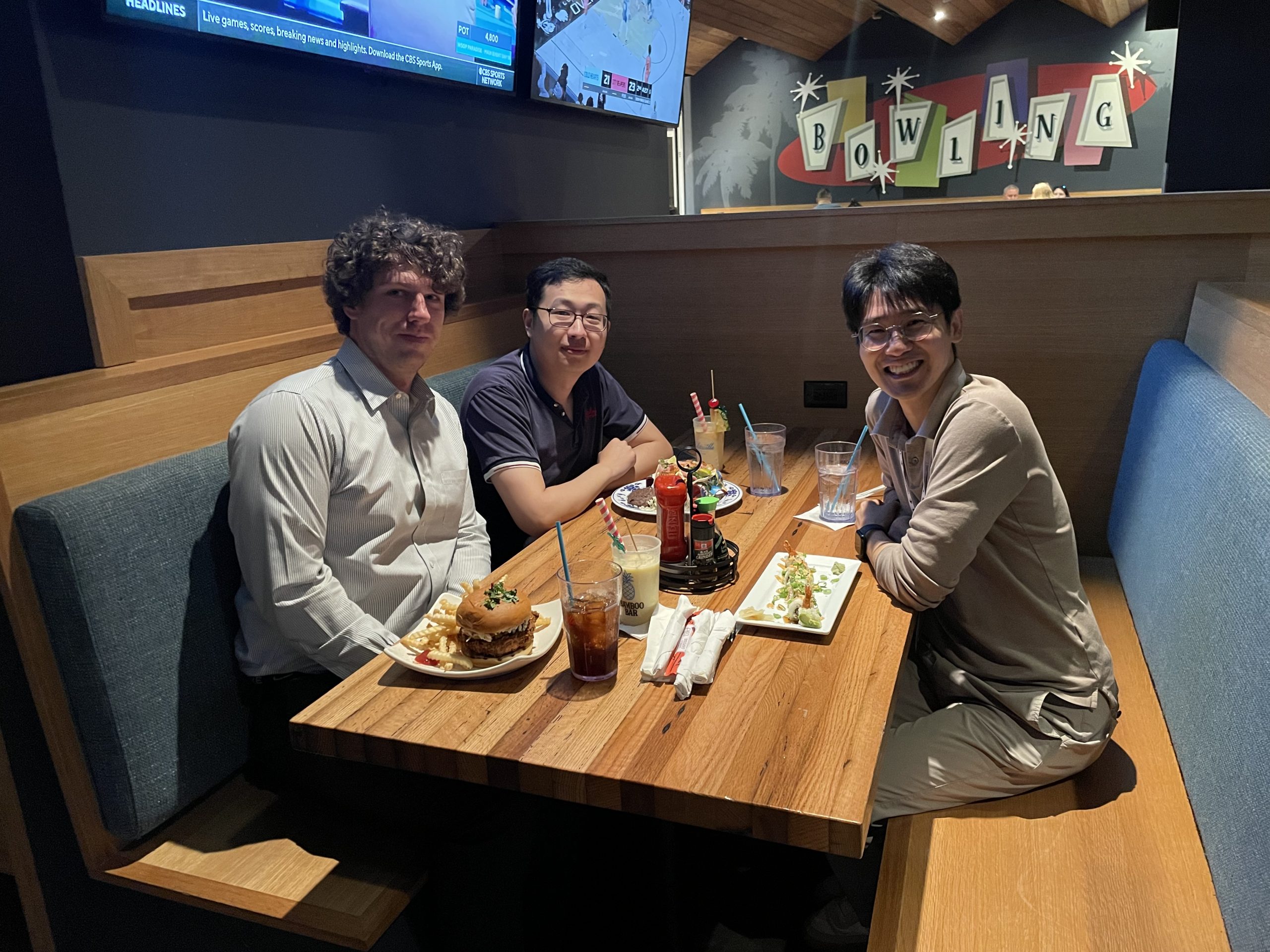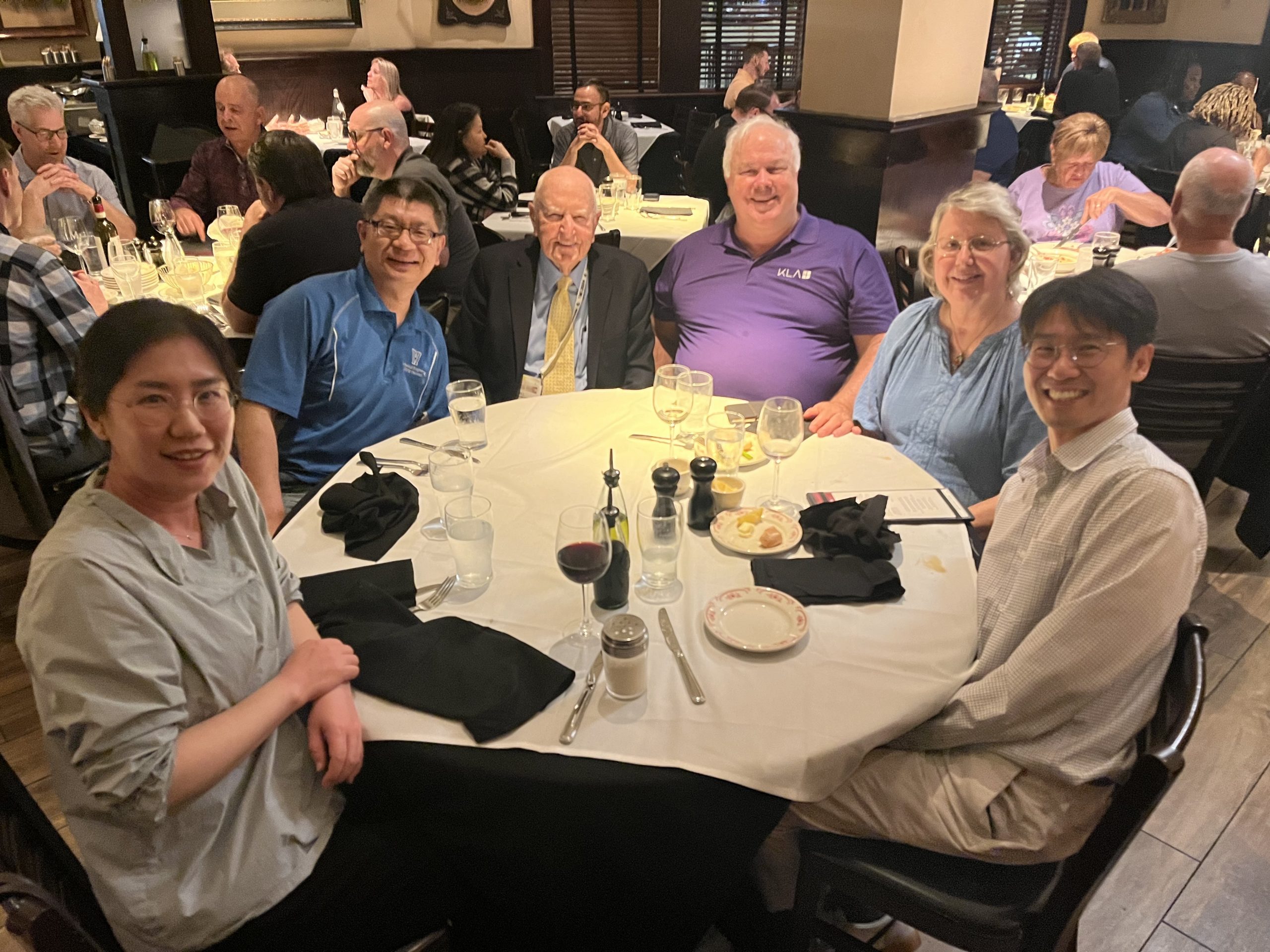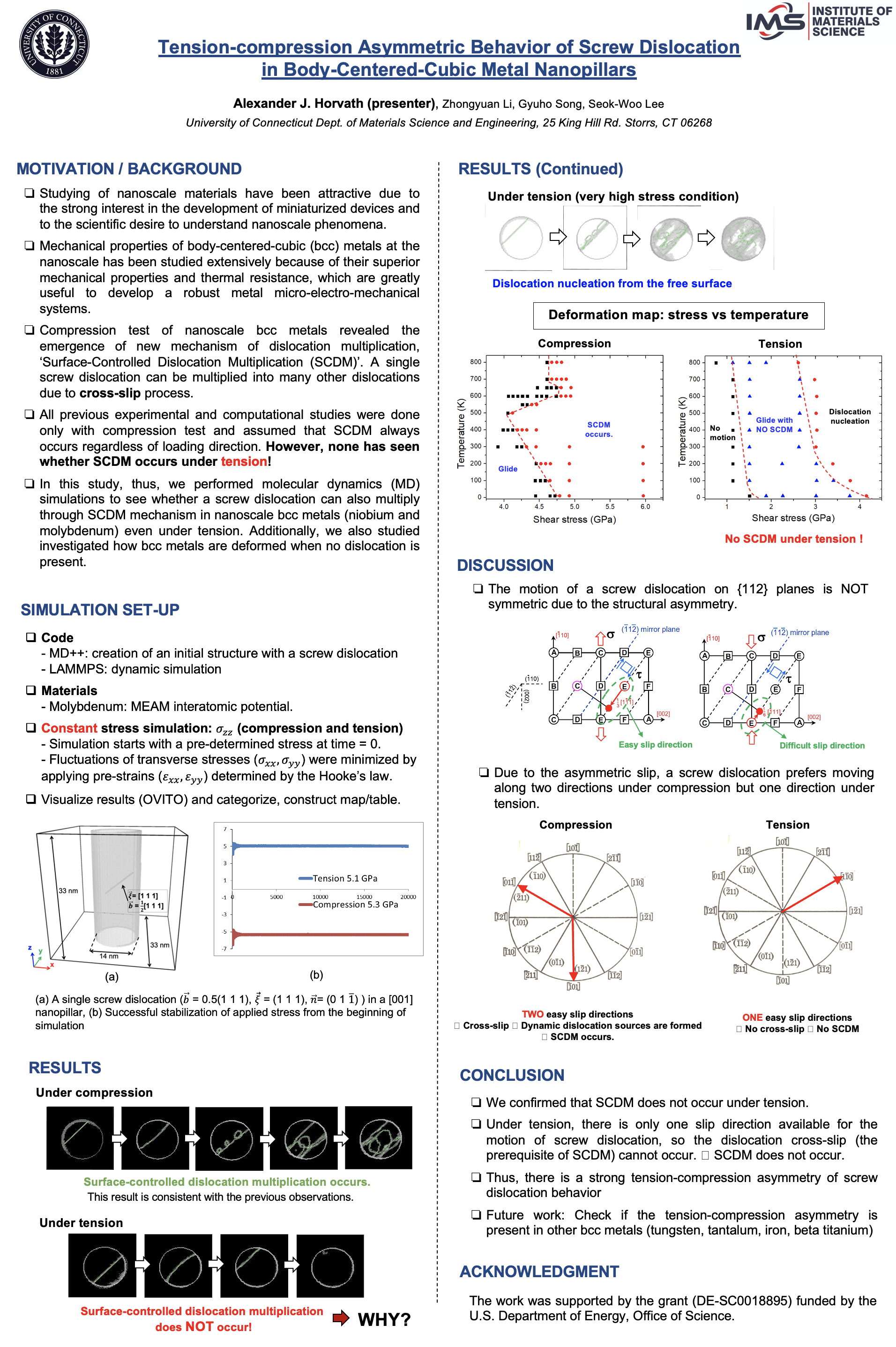Gyuho, the former group member, gave a wonderful department seminar at UConn MSE on 09/20/24. His presentation discussed his PhD research on ductile-to-brittle transition and its relation to his life. He also shared the lessons that he has learned as an engineer at the start-up company (Frore systems). I think that his presentation was one of the best (also funniest) department seminars ever for my past 10 years at UConn.












